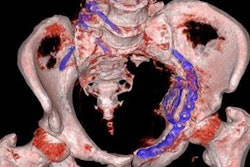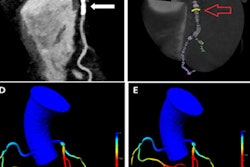Dear AuntMinnieEurope Member,
Three-dimensional printing emerged as a red-hot topic in 2016, but it's still far from certain how exactly the technology can contribute to patient care. Identifying which cases will benefit most from 3D printing and where radiologists fit in are open to question.
Against this background, who better than the ever-objective Swiss to shed light on the fast-developing technique? Researchers from Basel shared their experiences at RSNA 2016. Go to our Advanced Visualization Community, or click here.
Burnout among radiologists is not a new phenomenon, of course, but the problem seems to be getting worse due to growing workloads. During ECR 2017 in early March, a session will be devoted to this subject. Finding the right coping mechanisms appears to be central to tackling the issue, and to help you, we've posted a report about what was said on burnout at RSNA 2016. Click here for the full story.
In other news, U.S. and German researchers have developed a machine-learning algorithm that may enable the comprehensive integration of information regarding coronary plaque, including plaque type, total plaque burden, and positive remodeling, which are not components of current computational fluid dynamics algorithms. Visit the CT Community, or click here.
Meanwhile, researchers have developed an automated artificial intelligence screening tool utilizing deep learning. They predict the rapid adoption of machine-learning technology, with further expansion of the methodology to improve decisions and workflow in radiology in order to streamline the processes. Get the details here.
Last but not least, don't miss our interview about imaging of back pain with Dr. Rainer Braunschweig, director of the Diagnostic and Intraoperative Imaging Clinic in Halle, Germany. He gives some practical and timely advice in a broad-ranging and informative article in the MRI Community. To learn more, click here.



















